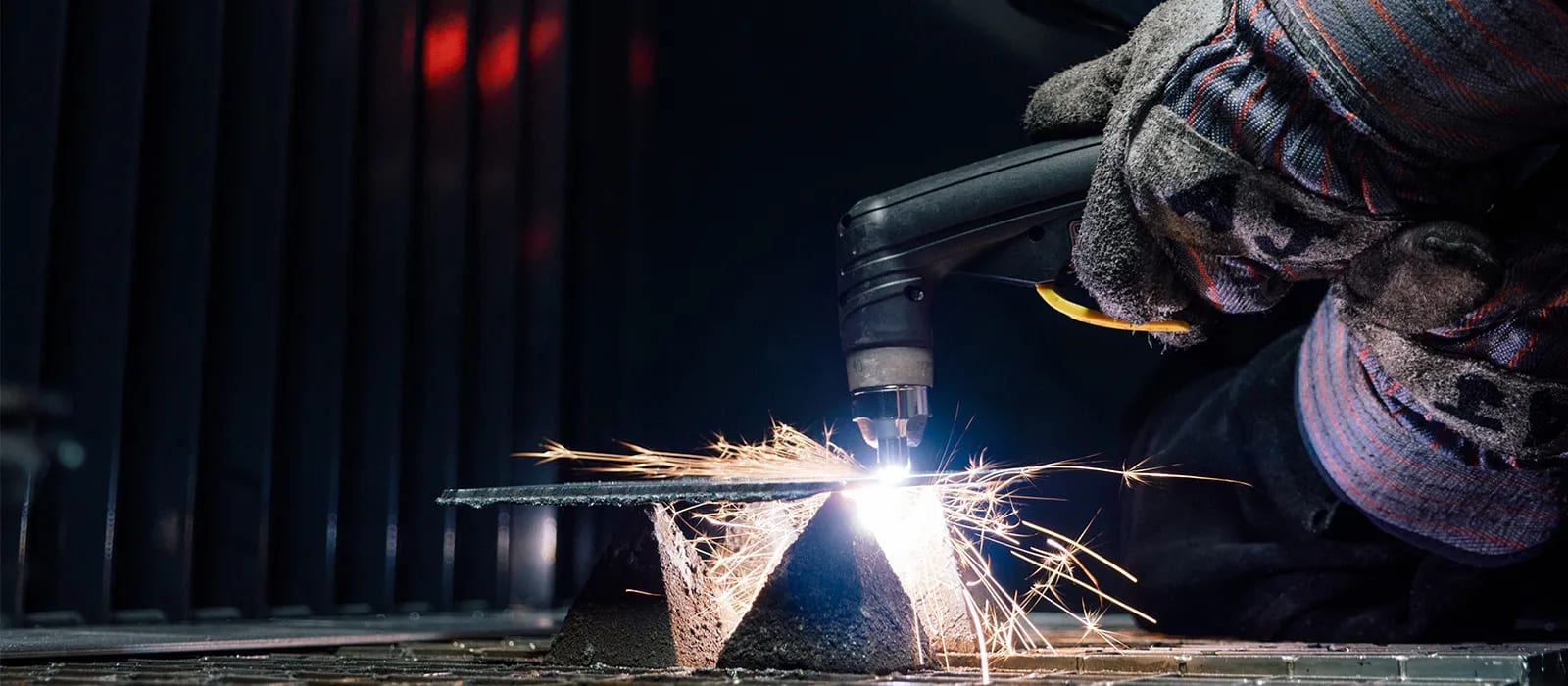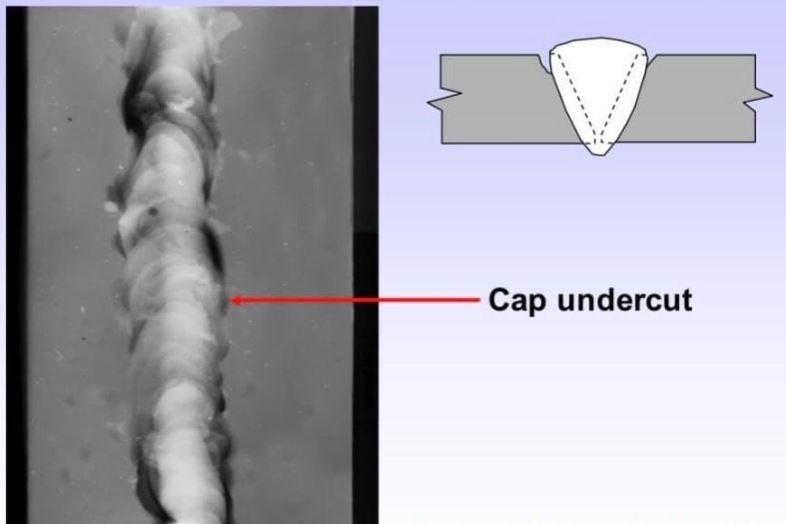Necessary Tips for Welders: Protecting Against Undercut Welding and Ensuring Stronger Weld Joints
In the realm of welding, achieving strong and long lasting weld joints is the keystone of producing top quality work. One usual obstacle that welders commonly come across is undercut welding, which can compromise the honesty of the weld joint.

Comprehending Undercut Welding
Undercut welding is a common welding defect that occurs when the weld metal fails to properly fill up the groove and causes a groove-like anxiety along the weld grain. This issue weakens the weld joint, making it at risk to breaking and failure under stress and anxiety. Damaging can be triggered by various elements, consisting of excessive welding present, high welding rate, incorrect electrode angle, wrong electrode size, and poor welding technique.
One of the main factors for undercut welding is a discrepancy in between the welding existing and the welding rate. If the welding current is expensive or the welding speed is also quickly, the weld metal may not adequately fill up the groove, causing damaging. Additionally, utilizing an electrode that is too huge can result in a similar result, as the excess steel can not effectively stream right into the groove.
To stop undercut welding, welders ought to guarantee they are using the correct welding parameters, maintain an appropriate electrode angle, select the suitable electrode dimension, and method appropriate welding methods. By resolving these factors, welders can reduce the danger of undercutting and create more powerful, extra dependable weld joints.
Correct Welding Technique
Reliable welding technique plays an important role in making certain the top quality and integrity of weld joints. One fundamental element of proper welding strategy is keeping the right angle and distance in between the welding gun and the workpiece.
Furthermore, a constant and steady hand activity is essential for developing strong and durable weld joints. Welders need to intend for smooth, consistent activities to make certain even circulation of the weld product. Correct manipulation of the welding weapon and filler product is additionally essential to achieving optimal penetration and fusion.
Additionally, regulating the warmth input and selecting the ideal welding parameters based upon the product being bonded are crucial factors in achieving top quality welds - Preventing weld undercut. Welders need to follow the suggested setups offered by welding procedure requirements and readjust them as needed based upon the details needs of the task. By grasping appropriate welding strategies, welders can considerably improve the toughness and reliability of their weld joints
Choosing the Right Electrode
Preserving the right angle and range in between the welding gun and the workpiece is essential when taking into consideration the importance of picking the right electrode in welding applications. The choice of electrode plays a crucial role in identifying the high quality and stamina of the weld joint. Electrodes are available in different types, each developed for certain functions and products.
First of all, choosing the suitable electrode diameter is important. Thinner electrodes are appropriate for welding thin materials, while thicker electrodes are better for thicker products and greater warm applications. Matching the electrode size to the thickness of the workpiece assists accomplish a balanced weld.
Second of all, recognizing the product structure of the electrode is essential. Various electrodes are made for welding details products like steel, stainless-steel, aluminum, or cast iron. Using the correct electrode material ensures good blend and lessens the danger of problems in the weld.
Lastly, taking into consideration the welding placement and method is vital when selecting the electrode type. As an example, specific electrodes go to my site are better matched for above or upright welding positions, while others work well for level or straight positions. Selecting the appropriate electrode based on the welding technique improves the overall weld top quality and stability.
Preparing the Base Steel
To make certain an effective welding process, what preliminary steps should be taken when preparing the base steel for welding? Correctly preparing the base steel is essential for achieving solid and durable weld joints. The initial step in preparing the base metal is to cleanse it extensively to eliminate any kind of contaminants such as rust, oil, paint, or dirt. This can be done utilizing a wire brush, chemical, or grinder solvents. Additionally, any kind of existing weld material or residue from previous welding ought to be discover this info here gotten rid of to guarantee a tidy surface area for the new weld.

Conducting Post-Weld Inspections

After carrying out these assessments, welders need to contrast the results against sector criteria and job demands to guarantee that the weld joint meets all essential standards. Any type of inadequacies or deviations uncovered throughout the post-weld evaluation should be without delay attended to with appropriate rehabilitative actions to ensure the weld's integrity. By carefully doing post-weld examinations and quickly dealing with any problems, welders can promote the high quality and dependability of their job, eventually adding to the safety and security and durability of the bonded structures.
Verdict

Finally, stopping undercut welding and ensuring more powerful weld joints call for a combination of correct welding technique, picking the best electrode, preparing the base steel correctly, and performing post-weld inspections. By recognizing the sources of undercut welding and applying the required preventative measures, welders can important link produce high-grade weld joints that satisfy sector standards and guarantee the architectural integrity of the welded components.
Undercut welding is a typical welding issue that occurs when the weld metal stops working to effectively fill the groove and results in a groove-like anxiety along the weld grain (Preventing weld undercut). Damaging can be created by various variables, including too much welding existing, high welding speed, improper electrode angle, inaccurate electrode dimension, and inadequate welding strategy
One of the major factors for undercut welding is an imbalance between the welding present and the welding rate. If the welding current is also high or the welding rate is also quickly, the weld metal may not appropriately fill the groove, leading to undercutting.Maintaining the appropriate angle and distance between the welding gun and the workpiece is essential when thinking about the relevance of picking the appropriate electrode in welding applications.